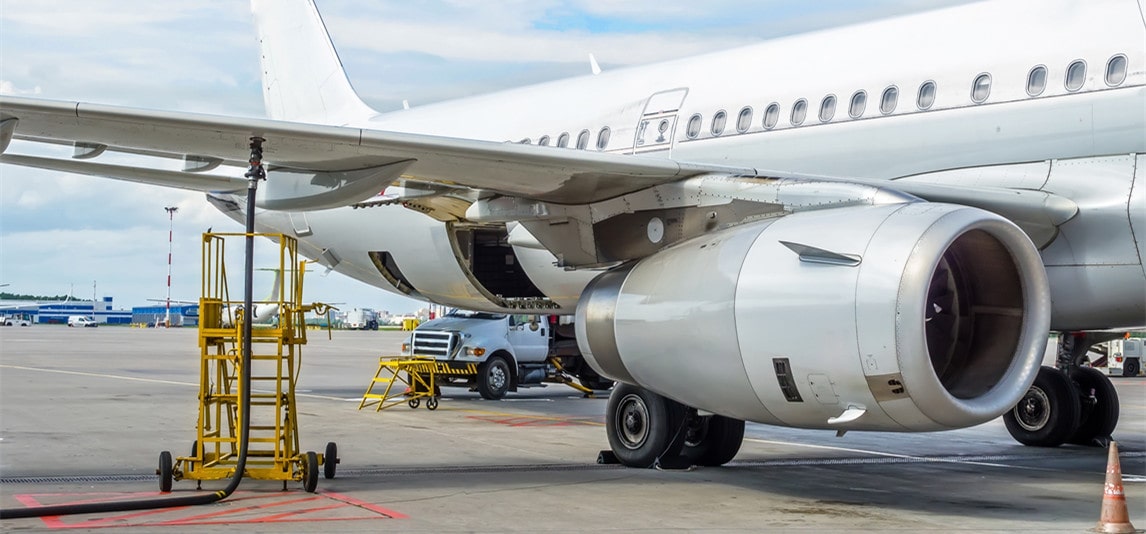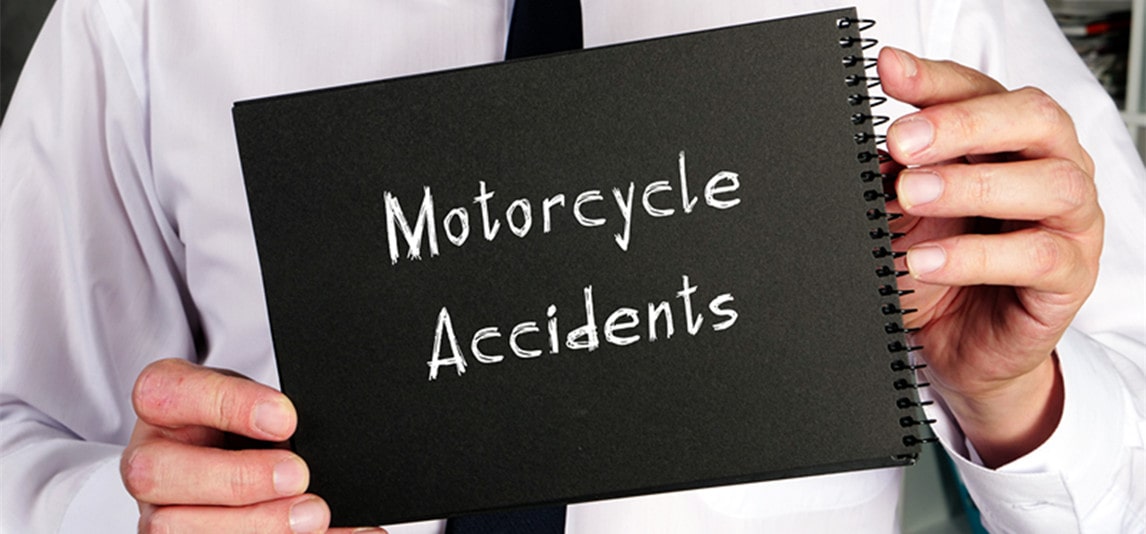The value of a home’s plumbing can’t be understated. It is literally the delivery system that provides sink water, showers, baths, laundry and garden irrigation. The water arrives under pressure, but it is the plumbing system that makes sure the water doesn’t explode or flood the home, causing damage.
However, plumbing is only as good as its parts and how well it is put together, and even the best plumbing suffers from time and age eventually. Ideally, plumbing problems can be spotted and fixed as needed without sudden panic.
Unfortunately, there are times when plumbing problems happen suddenly, and that’s what creates a plumbing emergency, especially if the water involved is under pressure.
Plumbing Emergencies Can be Shocking or Sneaky
The problem with plumbing surprises is that there’s no notice, email, alarm or heads up. It just happens. While some types who really plan ahead may equip their home with water-moisture sensors around areas accessible and prone to leaks, not everything can be anticipated. Leaks themselves are not uniform; they can happen slowly or suddenly. Every one of them is different.
Time is a critical factor in a leak. With a slow leak, time allows more damage to occur until it is discovered, usually with stains or downstream damage to internal structures and surfaces. With a sudden leak, time allows open water to keep flooding and causing damage until it is cut off. Then a second clock begins with moisture and the risk of mold.
Again, time plays a key factor in applying mitigation steps before the mold sets in and becomes a problem. This is why a professional plumber’s approach is so critical to getting in as soon as a leak is discovered. The average person will focus on what they can see; a plumber will focus on everything they know about where the water line is, where it goes, and where it could travel.
Don’t Ignore a Water Leak
Water has a notorious habit of going the path of least resistance, and that basically means anywhere. For example, a washing machine failure on the second floor of a home can travel across the floor, behind the cabinet, into the wall, down between the joints, through the floor to the bottom internal ceiling, through the drywall and onto the furniture and flooring on the first floor.
A laundry machine load of water is limited, but in a half hour’s time, just that much water can damage two upstairs rooms, a hallway and at least an entire downstairs room. The cost for mitigation, repair and restoration easily reaches over $25,000. The fix in such an instance was a simple 10 cent zip-tie to keep the drain hose for the machine in place, but it’s too late by then.
Emergency plumbing services can also be needed at any time, day or night. Ideally, a homeowner is present when it happens and can respond right away. It’s actually worse if not, as the water has more time to leak if it’s a big break. Either way, as soon as the leak is identified, call a plumber. This kind of damage isn’t the type to wait until morning or the next weekday.
What to Expect
A plumber’s first task in an emergency is to shut off the water flow and prevent further damage. This will usually be done by cutting the main line to the house if not easily available. The plumber has to anticipate leaks may be in more than one location, so stabilization of the situation is primary.
Once confirmed and stopped, then comes the assessment. The plumber can, at this point, give the homeowner an initial idea what’s going to be needed for a fix based on the details.
Sometimes, an emergency repair focuses on just stopping the problem, and a second visit may happen later for full repairs. Either way, always solve the water flow control first, then manage damage control second.





